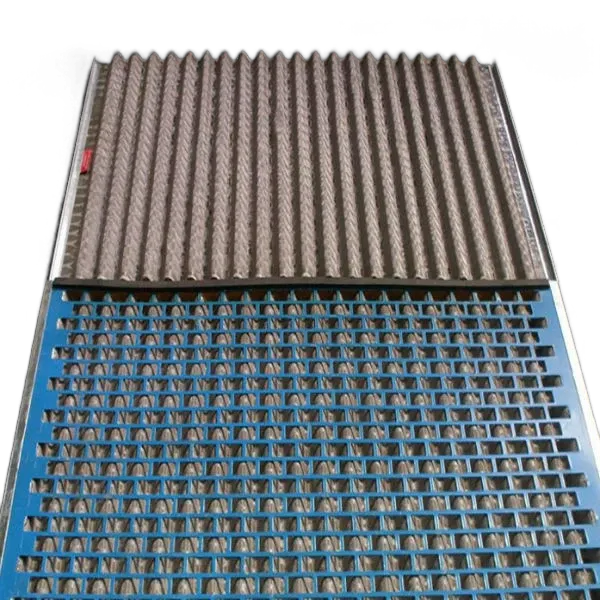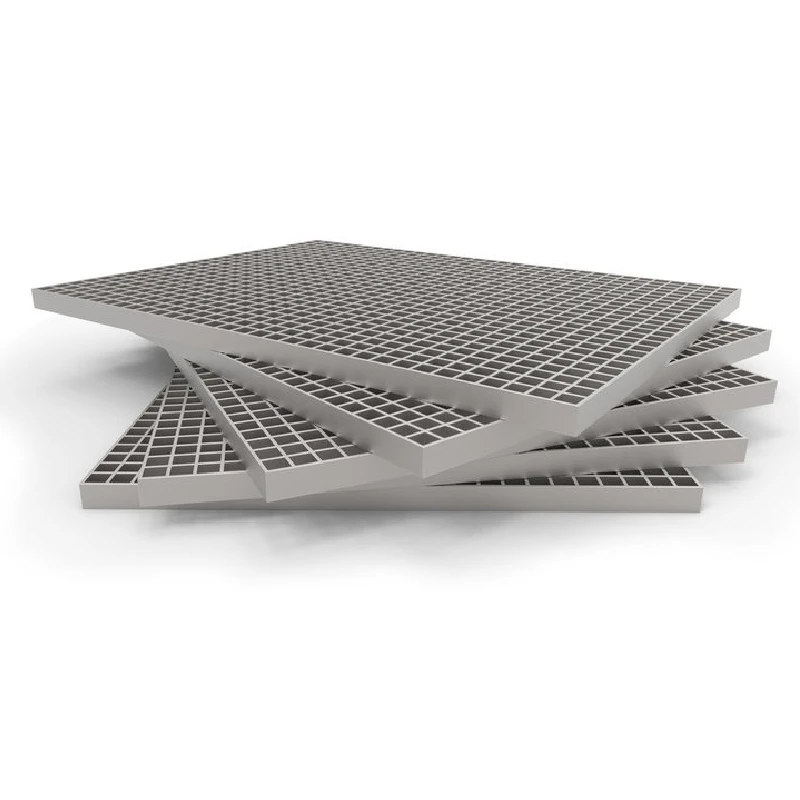- Industrial zone, South of Anping Town, Hengshui, Hebei, China.
- sales@hfpetromesh.com
- +86-18931809706
 Afrikaans
Afrikaans  Albanian
Albanian  Amharic
Amharic  Arabic
Arabic  Armenian
Armenian  Azerbaijani
Azerbaijani  Basque
Basque  Belarusian
Belarusian  Bengali
Bengali  Bosnian
Bosnian  Bulgarian
Bulgarian  Catalan
Catalan  Cebuano
Cebuano  Corsican
Corsican  Croatian
Croatian  Czech
Czech  Danish
Danish  Dutch
Dutch  English
English  Esperanto
Esperanto  Estonian
Estonian  Finnish
Finnish  French
French  Frisian
Frisian  Galician
Galician  Georgian
Georgian  German
German  Greek
Greek  Gujarati
Gujarati  Haitian Creole
Haitian Creole  hausa
hausa  hawaiian
hawaiian  Hebrew
Hebrew  Hindi
Hindi  Miao
Miao  Hungarian
Hungarian  Icelandic
Icelandic  igbo
igbo  Indonesian
Indonesian  irish
irish  Italian
Italian  Japanese
Japanese  Javanese
Javanese  Kannada
Kannada  kazakh
kazakh  Khmer
Khmer  Rwandese
Rwandese  Korean
Korean  Kurdish
Kurdish  Kyrgyz
Kyrgyz  Lao
Lao  Latin
Latin  Latvian
Latvian  Lithuanian
Lithuanian  Luxembourgish
Luxembourgish  Macedonian
Macedonian  Malgashi
Malgashi  Malay
Malay  Malayalam
Malayalam  Maltese
Maltese  Maori
Maori  Marathi
Marathi  Mongolian
Mongolian  Myanmar
Myanmar  Nepali
Nepali  Norwegian
Norwegian  Norwegian
Norwegian  Occitan
Occitan  Pashto
Pashto  Persian
Persian  Polish
Polish  Portuguese
Portuguese  Punjabi
Punjabi  Romanian
Romanian  Russian
Russian  Samoan
Samoan  Scottish Gaelic
Scottish Gaelic  Serbian
Serbian  Sesotho
Sesotho  Shona
Shona  Sindhi
Sindhi  Sinhala
Sinhala  Slovak
Slovak  Slovenian
Slovenian  Somali
Somali  Spanish
Spanish  Sundanese
Sundanese  Swahili
Swahili  Swedish
Swedish  Tagalog
Tagalog  Tajik
Tajik  Tamil
Tamil  Tatar
Tatar  Telugu
Telugu  Thai
Thai  Turkish
Turkish  Turkmen
Turkmen  Ukrainian
Ukrainian  Urdu
Urdu  Uighur
Uighur  Uzbek
Uzbek  Vietnamese
Vietnamese  Welsh
Welsh  Bantu
Bantu  Yiddish
Yiddish  Yoruba
Yoruba  Zulu
Zulu
- Afrikaans
- Albanian
- Amharic
- Arabic
- Armenian
- Azerbaijani
- Basque
- Belarusian
- Bengali
- Bosnian
- Bulgarian
- Catalan
- Cebuano
- Corsican
- Croatian
- Czech
- Danish
- Dutch
- English
- Esperanto
- Estonian
- Finnish
- French
- Frisian
- Galician
- Georgian
- German
- Greek
- Gujarati
- Haitian Creole
- hausa
- hawaiian
- Hebrew
- Hindi
- Miao
- Hungarian
- Icelandic
- igbo
- Indonesian
- irish
- Italian
- Japanese
- Javanese
- Kannada
- kazakh
- Khmer
- Rwandese
- Korean
- Kurdish
- Kyrgyz
- Lao
- Latin
- Latvian
- Lithuanian
- Luxembourgish
- Macedonian
- Malgashi
- Malay
- Malayalam
- Maltese
- Maori
- Marathi
- Mongolian
- Myanmar
- Nepali
- Norwegian
- Norwegian
- Occitan
- Pashto
- Persian
- Polish
- Portuguese
- Punjabi
- Romanian
- Russian
- Samoan
- Scottish Gaelic
- Serbian
- Sesotho
- Shona
- Sindhi
- Sinhala
- Slovak
- Slovenian
- Somali
- Spanish
- Sundanese
- Swahili
- Swedish
- Tagalog
- Tajik
- Tamil
- Tatar
- Telugu
- Thai
- Turkish
- Turkmen
- Ukrainian
- Urdu
- Uighur
- Uzbek
- Vietnamese
- Welsh
- Bantu
- Yiddish
- Yoruba
- Zulu
Serrated Steel Flat Bar - Anti-Slip, Durable Industrial Quality
- Discovering the structural engineering advantages of serrated profiles
- Material science behind high-performance steel flat bars
- Industrial sectors transformed by textured metal solutions
- Technical comparison of leading manufacturers' specifications
- Bespoke fabrication options for specialized requirements
- Real-world implementation success stories
- Future applications of advanced serrated steel flat bar

(serrated steel flat bar)
Structural Integrity Advantages in Serrated Steel Flat Bar
Serrated steel flat bars represent a breakthrough in industrial safety engineering. Unlike conventional smooth-surfaced alternatives, the precision-engineered tooth pattern creates a 40-60% increase in surface friction coefficient. This texturing prevents dangerous slippage in critical applications ranging from offshore oil rigs to food processing plants. The manufacturing process involves cold-rolling A36 or 304 stainless steel through hydraulic presses exerting over 2,000 tons of pressure per square inch, creating uniform 3-5mm deep serrations that withstand environmental stressors.
Laboratory testing reveals exceptional load distribution capabilities. Serrated flat bar grating exhibits 15-20% higher yield strength compared to smooth equivalents when subjected to concentrated point loads. This structural advantage becomes critical in bridge decking applications where dynamic traffic patterns create variable stress points. The micro-grooves also provide drainage channels that reduce hydroplaning risks by eliminating 90% of surface water retention during heavy precipitation.
Material Composition and Production Methods
The metallurgical composition determines performance characteristics. Carbon steel variants typically contain 0.26-0.29% carbon content for optimal strength-to-weight ratio, while corrosion-resistant alternatives incorporate 18% chromium and 8% nickel. Advanced production facilities utilize laser-guided cutting systems achieving tolerances within ±0.13mm across lengths up to 20 meters. Post-production treatments include hot-dip galvanization providing 80μm zinc coatings that extend service life beyond 25 years in corrosive environments.
Quality verification involves rigorous testing protocols. Each production batch undergoes:
- Rockwell B scale hardness testing (target: 75-85 HRB)
- Transverse load testing to 3,000 kg/m² capacity
- Salt spray exposure exceeding 1,000 hours
- Non-destructive flaw detection via magnetic particle inspection
Industrial Implementation Across Sectors
Anti-slip grating solutions address safety challenges across diverse industries. Chemical processing plants utilize 316L stainless steel variants resistant to acidic compounds, while maritime installations depend on hot-dip galvanized versions withstanding saltwater corrosion. The transportation sector particularly benefits from these solutions, with railway platforms globally incorporating serrated profiles to prevent accidents during wet conditions.
Three emerging applications demonstrate product versatility:
- Renewable Energy: Solar farm walkways utilize aluminum-coated bars reflecting infrared radiation
- Cold Storage: Cryogenic-grade alloys maintain grip properties at -50°C
- Wastewater Management: Perforated designs prevent biofilm accumulation in treatment facilities
Manufacturer Specification Comparison
| Manufacturer | Material Grade | Load Rating (kg/m²) | Corrosion Resistance | Price Index |
|---|---|---|---|---|
| Industrial Grating Co. | A36 Carbon Steel | 2,400 | Medium | 1.00 |
| Marine Safety Solutions | 316 Stainless | 1,850 | Excellent | 2.75 |
| Heavy Duty Grating Inc. | Galvanized A572 | 3,100 | High | 1.45 |
| Advanced Metalworks | Aluminum Alloy | 1,200 | Superior | 3.20 |
Custom Engineering Solutions
Bespoke fabrication accommodates specialized requirements unavailable in standard inventories. Computer-controlled plasma cutters create complex geometries including curved sections for spiral staircases and circular platforms. Material thickness options range from 3mm lightweight versions for architectural features to 25mm heavy-duty slabs for industrial catwalks. Customized serration patterns achieve specific friction coefficients - diamond knurl patterns provide 0.85μ on inclined surfaces while parallel grooves optimize directional grip.
Two specialized solutions address niche requirements:
- Explosion-Proof Variants: Non-sparking beryllium-copper alloys for volatile environments
- Sanitary Configurations
- Sanitary Configurations: Continuous welds with radius corners preventing bacterial growth
- Thermal Break Systems: Insulated polymer inserts minimizing thermal transfer
Global Installation Case Studies
The Copenhagen Metro expansion showcased architectural integration capabilities. Over 12,000 meters of stainless steel serrated flat bar grating was installed across 17 new stations, featuring custom 60-degree bend sections forming sculptural handrails. The project recorded zero slip-related incidents during 18 months of construction despite daily foot traffic exceeding 50,000 commuters.
Singapore's offshore LNG terminal presented corrosion challenges that required material innovation. Engineers specified duplex stainless steel 2205 with nitrogen hardening, resisting pitting corrosion in marine environments. Monitoring data after three years of continuous exposure showed less than 0.01mm thickness loss, extending projected maintenance intervals to 15 years - a 300% improvement over initial specifications.
Advancing Applications for Serrated Flat Bar Grating
The manufacturing evolution continues as material scientists develop composite structures. Current research explores carbon-fiber reinforced polymer matrices with embedded friction surfaces that could reduce weight by 70% while maintaining load capacities. Industry forecasts indicate 6.8% annual growth for specialized anti-slip products through 2028, driven by tightening OSHA and EU safety regulations requiring higher friction coefficients on industrial walking surfaces.
Emerging architectural trends integrate functional safety features with aesthetic designs. Recent projects have employed colored PVDF coatings in RAL-coded shades combined with laser-cut decorative patterns, proving that safety solutions need not compromise visual appeal. As smart city infrastructure expands globally, the fundamental engineering advantages of serrated steel flat bars ensure they will remain vital components in modern structural design.

(serrated steel flat bar)
FAQS on serrated steel flat bar
Q: What is a serrated steel flat bar used for?
A: Serrated steel flat bars are primarily used in grating systems to provide anti-slip surfaces. They feature teeth-like ridges that create high friction for safety in industrial walkways. This makes them ideal for platforms, stair treads, and bridge decks.
Q: How does serrated flat bar differ from smooth flat bar?
A: Serrated flat bars have raised teeth cut into one surface, unlike smooth flat bars. This serration pattern dramatically improves traction underfoot. The design prevents slips in wet or oily conditions where smooth bars would be hazardous.
Q: What are the load benefits of flat bar grating systems?
A: Flat bar grating provides exceptional load-bearing strength with minimal material weight. The interlocked bars distribute weight evenly across the structure. This makes it suitable for heavy industrial equipment areas or high-traffic zones.
Q: Can serrated steel flat bars withstand outdoor environments?
A: Yes, they’re often hot-dip galvanized or coated to resist corrosion. The steel composition and serrated surface shed water effectively. Properly treated bars endure harsh weather, chemicals, and UV exposure for decades.
Q: Why choose serrated flat bar grating over other safety flooring?
A: It combines maximum slip resistance with easy debris clearance in industrial settings. The open-grid design allows light, liquids, and snow to pass through. This reduces maintenance while meeting OSHA and ADA safety requirements.
-
Unlocking Efficiency with Premium Shaker ScreensNewsAug.05,2025
-
Safety and Style with Metal Grate WalkwayNewsAug.05,2025
-
Optimize Operations with Shaker Screen SolutionsNewsAug.05,2025
-
Enhance Your Space with Steel GratingNewsAug.05,2025
-
Durability with Concrete Weight Coating MeshNewsAug.05,2025
-
Discover the Power of Perimeter Safety NetNewsAug.05,2025